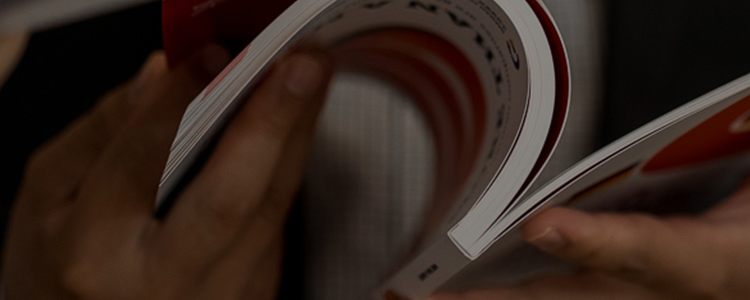SOCIAL CHALLENGES
According to the PISA test, education in China is among the best in the world. While children spend endless hours studying to stay competitive, they rarely have time to think about their future career path. Furthermore, they seldom learn problem-solving skills and deal with an enormous amount of family and peer pressure, making it difficult to plan their future.
PROJECT APPROACH
The term “Design Thinking” originated from a unique course offered by Stanford University’s School of Design (D School), which included a series of steps to help design- ers transform their ideas into practical solutions to solve problems more effectively. Today, it is applied across in- dustries and well-known mul- tinational firms. It reveals op- portunities, sparks innovation and leads to solving complex problems. Therefore, it is not only related to the field of “design profession” as the name implies – it is a set of thinking methods that every- one can learn through training – a method that analyzes the various problems that exist and enables to develop a realistic solution. Using the design thinking method, Crossboundaries established a course system that can run as a summer class on a weekly basis, but also as a weekend “After School Activity” (ASA) class. The goal is to offer learning techniques and topics on architecture and design to students. Instead of using traditional learning, the course system includes experiential learning methods for both private and public-school students of all age groups. Crossboundaries encourages all employees to participate in different ways, and staff members can contribute their interests and professional knowledge. Courses are set up in-house and utilize the studio’s resources – as well as spaces around the city – to experience different places in order to build complementary skills around expression and communication.
VALUE ADDED
The design thinking process helps students to make things happen and get things done proactively. Design thinking skills are valuable in any activity or career by applying the process of creating architectural solutions through sketches, model making, and site analysis. Crossboundaries classes are complemented by field trips and practical skill development. The children get to experience real work- place environments, and learn from all the designers in the firm. Children participating in the classes develop a better understanding of the architectural profession, and how much the constructed environment has influenced us all. The classes help convey the values of architecture and the influence of urban planning on our daily lives.
LESSONS LEARNED
Crossboundaries learned new ways to integrate cross-cultural communication into education. The project received positive feedback from the students, specifically that they felt encouraged to express themselves in new ways.
IDEAS FOR THE FUTURE
Crossboundaries recently relaunched a 15-week class taught at ETU Education Schools. The firm is optimistic about reaching out to more schools in the fall and bringing courses back into the studio, to develop and define the classes even further.
Source: More Than A Market Booklet 2021

